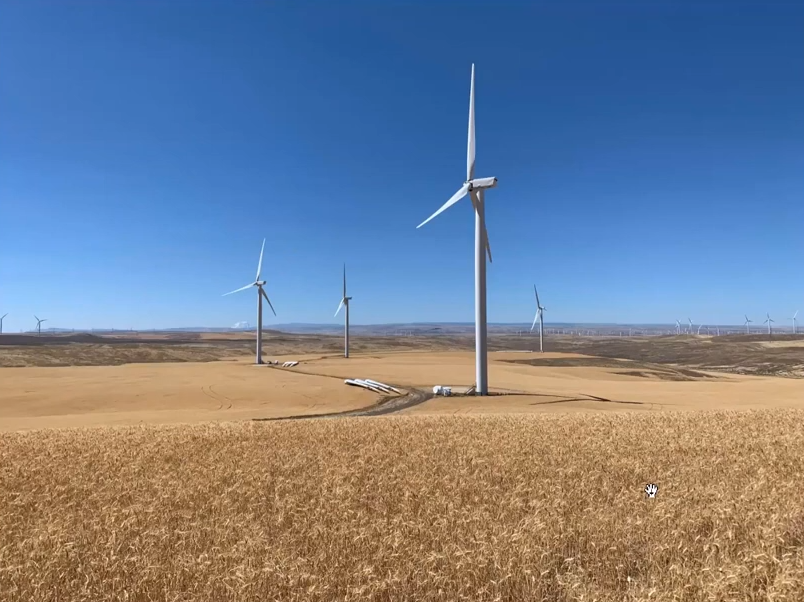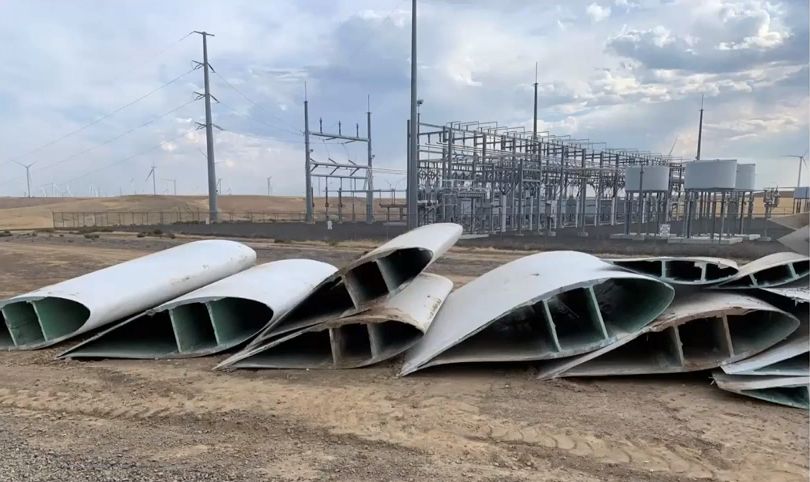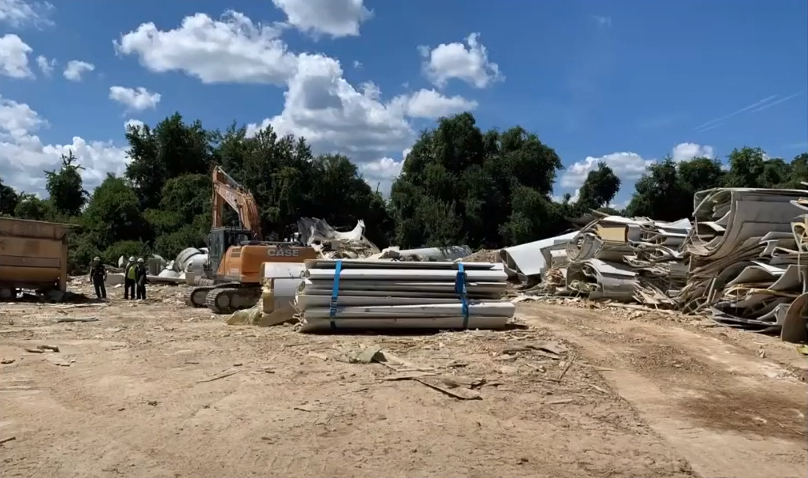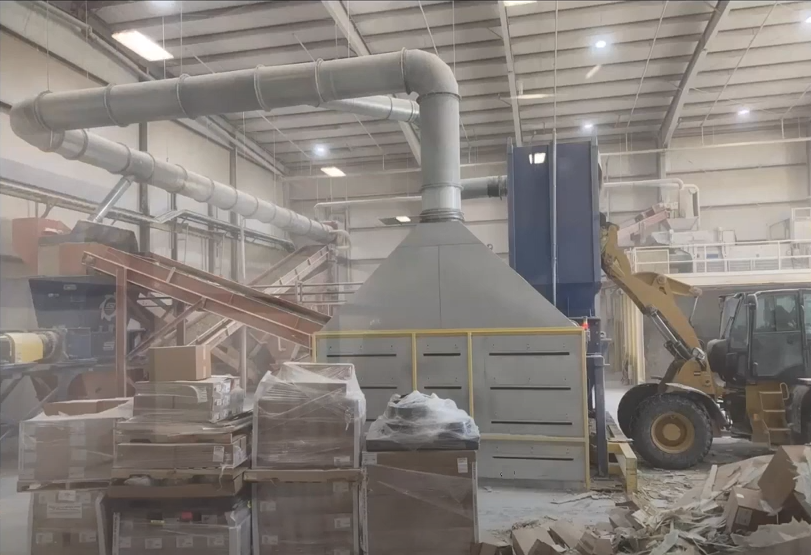Wind: Renewable, Re-powered, and Recycled
As Oregon moves toward 100 percent clean electricity by 2040, our electric grid will need to meet the state’s power demand with a mix of renewable resources, energy efficiency, and energy storage. Oregon has a long legacy of using renewable resources like hydropower, wind, and solar to power our homes and businesses.
Oregon’s first utility-scale wind facility began operation in 2001 – today, more than a dozen wind facilities are in operation or under construction in the state. As wind facilities begin to age or produce less power, what happens to the materials – wood, fiberglass, and metals – that make up the turbines?
Until recently, most decommissioned wind turbines led to materials ending up in landfills. But efforts are now turning to reusing and recycling materials when possible. At the October 2022 Energy Facility Siting Council meeting, Brookfield Renewable Partners’ Wind Asset Manager, Daniel Perry, shared with the Council how his company recycled old wind turbine blades that were being re-powered at the Shepherds Flat wind facilities in northeast Oregon.
The Shepherds Flat facilities began operation in 2011 and 2012, and were set to re-power the existing turbines to produce more energy for the grid. The existing towers at the facilities were in good shape – but replacing the existing blades with longer models and upgrading existing gearboxes and other parts meant the turbines could increase annual energy production by about 20 percent. As part of the amended Site Certificates for the facilities, the Energy Facility Siting Council included a provision that the re-powered turbine parts would be recycled during the process.
In total, 317 of the turbines are being re-powered at the Shepherds Flat facilities, which means 50,000-pound gearboxes, metal plates, blade hubs, and more than 900 blades needed to be recycled.
As the blades and other pieces were removed from the turbine towers, Perry explained that most of the large metal pieces were sent to and recycled in Portland by Schnitzer Steel. The 900+ blades, which are made of wood and fiberglass, each weigh 17,000 pounds and had to be broken down to be shipped and recycled. A tree-cutting service was hired to help with the job, which included separating the recyclable wood from the non-recyclable fiberglass. The service used its blades, large tarps, and water recycling pumps to break down the pieces while safely removing the fiberglass. The blades were cut down further and stacked, “like Pringles,” said Perry, and shipped by truck and by rail to an old rock quarry in Missouri. The Missouri company shredded the blades to small pieces that can be used in concrete-making.
This recycling effort was the first of its kind in Oregon, and didn’t come without challenges. The recycling process was a new approach that came with a large price tag. Additionally, the Missouri company appeared to be the only one in the country equipped to accept the large amount of blade materials and recycle them for other use. As more turbines meet the end of their lives or become set to re-power with new blades, Oregon and other states will need to consider how best to process the old materials – from recycling to re-use in other facilities.
Learn more about Oregon’s energy facility siting process on ODOE’s website, including how to get involved in the process. For more on electricity generation in Oregon and the benefits, challenges, and trade-offs as we chart a course to Oregon’s energy future, check out our 2022 Biennial Energy Report.




